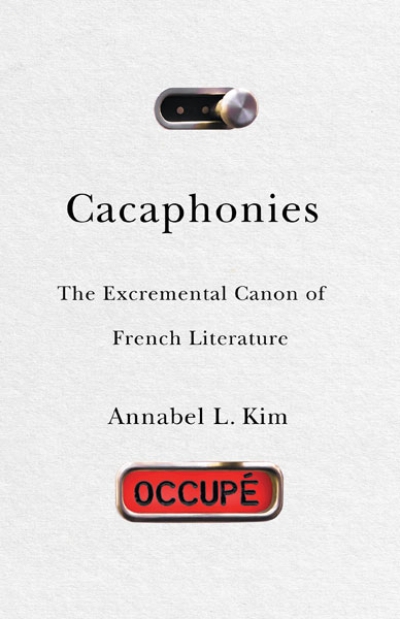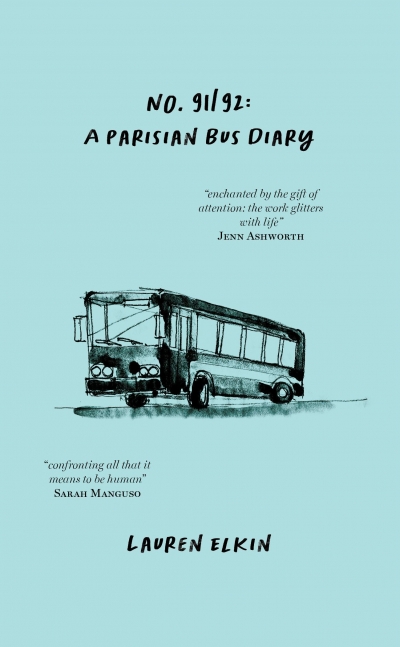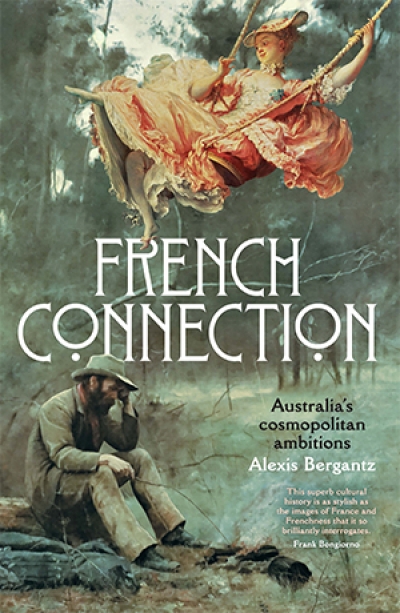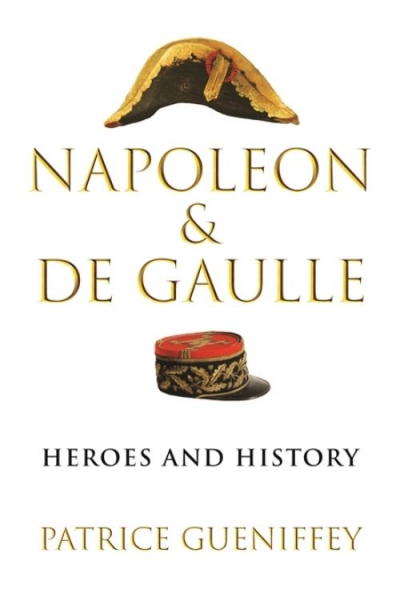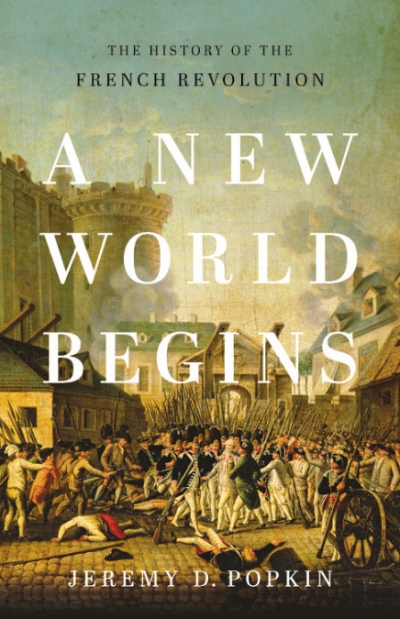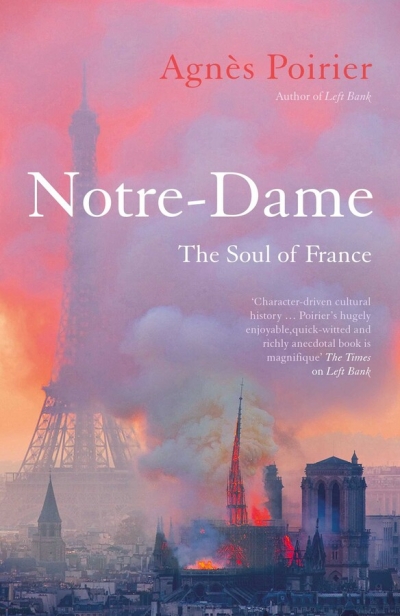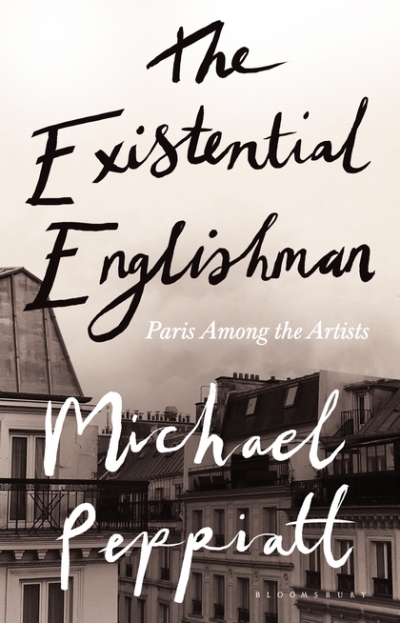France
Paris in Ruins: Love, war, and the birth of Impressionism by Sebastian Smee
by Peter McPhee •
Alfred Dreyfus: The man at the center of the affair by Maurice Samuels
by Peter McPhee •
Cacaphonies: The excremental canon of French literature by Annabel L. Kim
by David Jack •
French Connection: Australia’s cosmopolitan ambitions by Alexis Bergantz
by Jim Davidson •
Napoleon and de Gaulle: Heroes and history by Patrice Gueniffey, translated by Steven Rendall
by Peter McPhee •
A New World Begins: The history of the French Revolution by Jeremy D. Popkin
by Peter McPhee •
The Existential Englishman: Paris among the artists by Michael Peppiatt
by Gemma Betros •




